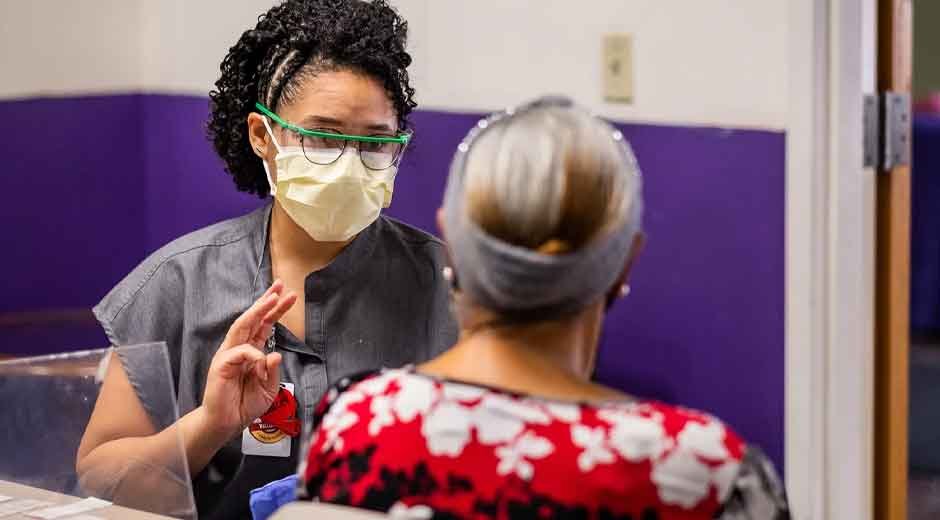Skip to the good bit
ToggleIn an era where healthcare often feels rushed and impersonal, solutions that prioritize the individual are more important than ever. Focusing on people rather than procedures transforms the patient experience and fosters better outcomes. Health solutions that put people first are not just about treating symptoms. Instead, they are about understanding each person’s unique needs, offering compassion, and creating sustainable pathways to wellness.
Understanding the Human Element in Healthcare
Healthcare is as much about human connection as it is about medical expertise. Patients are not simply cases to be managed, but they are individuals with personal histories, fears, and aspirations. By placing the human element at the center of care, health providers can develop stronger relationships, encourage open communication, and foster trust. This approach allows clinicians to gather more accurate information, provide more effective treatments, and ensure patients feel supported every step of the way.
Personalized Care Plans
One-size-fits-all solutions are rarely effective in healthcare. People-first health solutions emphasize personalized care plans tailored to each individual. This includes not only medical treatment but also lifestyle adjustments, mental health support, and education about long-term wellness. By understanding a patient’s lifestyle, habits, and goals, providers can offer interventions that are realistic, practical, and sustainable. Personalized care plans empower patients to take an active role in their health, increasing adherence to treatments and overall satisfaction with care.
Integrating Technology Without Losing the Human Touch
Modern healthcare technology has the potential to enhance care, but it can also feel impersonal if used incorrectly. People-first health solutions use technology as a tool to support, not replace, human interaction. Electronic health records, telehealth services, and AI-driven diagnostics can streamline processes and provide critical insights, but the focus remains on the patient. When technology complements compassionate care, patients experience faster, safer, and more informed treatments without sacrificing the personal connection they need.
Holistic Support for Mental and Physical Wellbeing
True health solutions recognize that wellness is multidimensional. Mental, emotional, and physical health are interconnected, and care that addresses only one aspect is incomplete. People-first approaches integrate mental health support alongside physical treatment, ensuring patients receive comprehensive care. This might involve counseling services, stress management programs, nutrition guidance, and community support initiatives. Holistic care encourages long-term wellbeing rather than quick fixes, helping individuals maintain a balanced and healthy life.
Accessibility and Inclusivity
Healthcare that prioritizes people must also prioritize accessibility and inclusivity. Barriers such as cost, location, or cultural differences can prevent patients from receiving the care they need. People-first solutions focus on removing these barriers through flexible scheduling, remote services, culturally competent care, and clear communication. When healthcare systems embrace inclusivity, they ensure that every individual has the opportunity to thrive, regardless of circumstances.
Commitment to Continuous Improvement
Finally, health solutions that put people first are committed to evolving alongside patients’ needs. Providers actively seek feedback, measure patient satisfaction, and adjust services to improve outcomes. This proactive approach ensures that care remains relevant, effective, and centered on the patient experience. Organizations like castlehealth.com exemplify this commitment by developing programs that prioritize patient wellbeing while delivering high-quality, evidence-based care.
In Summary
Putting people first in healthcare is more than a philosophy. It is a practical approach that leads to better outcomes, stronger patient-provider relationships, and healthier communities. By focusing on the human element, creating personalized care plans, providing holistic support, and ensuring accessibility, healthcare systems can transform the patient experience.







